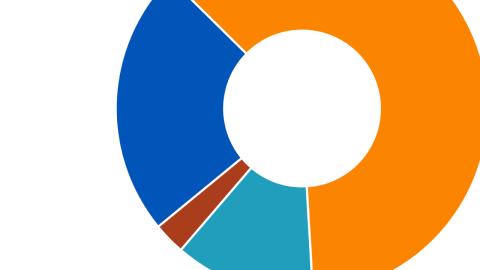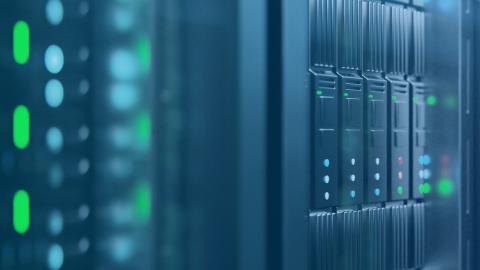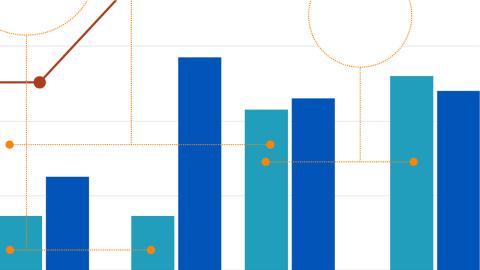The thousands of gallons of diesel that data centers store on-site to fuel backup generators in the event of a grid outage are hard to ignore — and do little to assist operators’ drive toward tougher sustainability goals.In the past two years, an…
filters
Explore All Topics
The value, role and safety of nuclear power has strongly divided opinion, both in favor of and against, since the 1950s. This debate has now, in 2022, reached a critical point again as energy security and prices cause increasing concern globally …
IT hardware vendors, such as Dell and Hewlett Packard Enterprise (HPE), are pivoting their revenue models away from product sales toward service-based subscriptions. The objective is to make hardware appear more flexible and cloud-like, so buyers…
The European Commission's proposed recast of its Energy Efficiency Directive promises to transform how operators manage and report energy performance and sustainability in Europe.
To date, many data center operators have overlooked electromagnetic pulse (EMP) in their risk assessments. This report summarizes the types and effects of EMP, and offers recommendations to assist operators in assessing this risk.
Quantum computing promises a revolution in scientific discovery. Quantum computing's main advantage over digital computing is in quickly solving highly complex problems that require significant time or resources to process. Currently, solutions to…
When Uptime Institute Intelligence surveyed data center infrastructure operators about supply chain issues in August 2021, more than two-thirds of respondents had experienced some shortages in the previous 18 months. Larger operations bore the brunt…
Reduced latency and bandwidth are top drivers for edge data centers, with the internet of things and artificial intelligence being the most important applications.
A rapid rise in the concentration of processor thermal power will have far-reaching consequences, not only for servers but for facility design and operations.
An extreme heat wave swept across much of Western Europe on July 18 and 19, hitting some of the largest metropolitan areas such as Frankfurt, London, Amsterdam and Paris — which are also global data center hubs with hundreds of megawatts of capacity…
Although big-name hyperscalers such as Amazon, Google and Microsoft dominate the cloud arena, other companies also believe they have a role to play. Vultr, OVHcloud, Linode, DigitalOcean, Bluehost and Scaleway, for example, don’t offer huge…
Nearly 15 years ago – in 2008 – Uptime Institute presented a paper titled “The gathering storm.” The paper was about the inevitability of a struggle against climate change and how this might play out for the power-hungry data center and IT sector…
To improve the resiliency of an application in a public cloud, it is often distributed across data centers. This report quantifies the costs, levels of resiliency and outages compensation for common public cloud architectures.
Chip designer Advanced Micro Devices (AMD) has successfully mounted a challenge to Intel’s dominance in data center processors by focusing on energy-efficient server chips. AMD plans to further expand its presence in data centers by bringing more…
A reliance on digital services since the start of the COVID-19 pandemic in early 2020 and governments’ increased concerns about the risks and resiliency of digital infrastructure have resulted in numerous new proposals for stricter legislation. If…
 Max Smolaks
Max Smolaks

 Andy Lawrence
Andy Lawrence
 Dr. Owen Rogers
Dr. Owen Rogers

 Douglas Donnellan
Douglas Donnellan

 Jacqueline Davis
Jacqueline Davis

 Daniel Bizo
Daniel Bizo

 Lenny Simon
Lenny Simon



